Surviving in the Public IaaS Cloud Market
 If we look at market growth rates and the concentration of power within a handful of providers, using the terminology coined by Geoffrey Moore, it could easily be argued that the public IaaS cloud market is in the tornado and approaching Main Street. Despite a lack of publicly available market share data, for many in the industry, it seems like a two or three-player race, with one clear “gorilla”: Amazon Web Services (AWS).
If we look at market growth rates and the concentration of power within a handful of providers, using the terminology coined by Geoffrey Moore, it could easily be argued that the public IaaS cloud market is in the tornado and approaching Main Street. Despite a lack of publicly available market share data, for many in the industry, it seems like a two or three-player race, with one clear “gorilla”: Amazon Web Services (AWS).
In this article I will attempt to briefly characterize the competitive positioning of the key players in the public IaaS market, and highlight some of the alternative strategies used by other providers to carve their own niches. The question that needs to be kept in mind is, can anyone else survive in the face of the steep competition presented by the two or three American mega-clouds?
(more…)
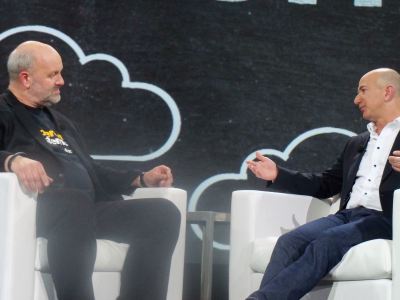
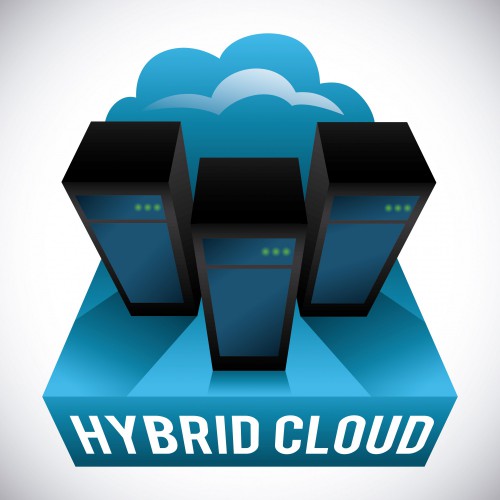

 While investing in building new data centers all over the world and creating the management overlay in order to be able to sell their hardware, IaaS operators are also relying on their ecosystem to support the evolving enterprises that go to the cloud (e.g. the “Enterprise Grade Cloud”).
While investing in building new data centers all over the world and creating the management overlay in order to be able to sell their hardware, IaaS operators are also relying on their ecosystem to support the evolving enterprises that go to the cloud (e.g. the “Enterprise Grade Cloud”).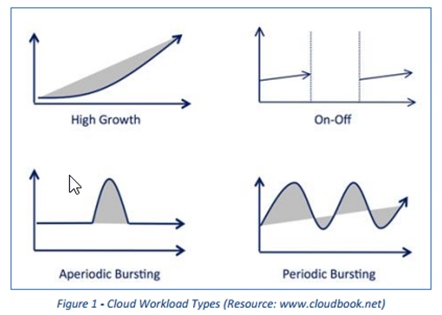 The benefits of migrating workloads between different cloud providers or between private and public clouds can only truly be redeemed with an understanding of the cloud business model and cloud workload management. It seems that cloud adoption has reached the phase where advanced cloud users are creating their own
The benefits of migrating workloads between different cloud providers or between private and public clouds can only truly be redeemed with an understanding of the cloud business model and cloud workload management. It seems that cloud adoption has reached the phase where advanced cloud users are creating their own 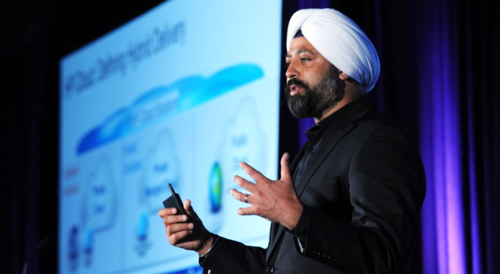 Last month I attended HP Discover (disclosure: my participation was funded by
Last month I attended HP Discover (disclosure: my participation was funded by 

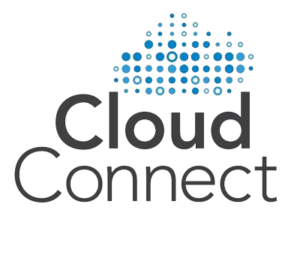
 Last week I was invited to the
Last week I was invited to the